“Sigma or Tamron, which one should I pick?” If you’re trying to choose the right camera lens, you’ve probably asked this question.
You want sharp photos, a good price, and a lens that works well for what you shoot.
But with so many options out there, things can get confusing fast.
This guide will help you keep it simple. I’ll talk about what really matters:
- How good the photos look
- How much do the lenses cost
- How big or heavy they are
- And which one works better for the kind of photos you like to take
If you’ve ever stood in a store or scrolled through pages online, not sure what to pick, this guide is for you. By the end, you’ll know which lens fits you better.
Sigma Lenses
Sigma offers different series, such as Art, Contemporary, and Sports, each made for a specific purpose. Many photographers trust Sigma for both photos and videos.
Image Quality and Sharpness
Sigma’s Art series is famous for very sharp images. These lenses often match or beat native ones from Sony, Canon, and Nikon.
They provide clear detail and smooth background blur. If sharpness is what you care about most, Sigma Art lenses are a top choice for portraits or low-light photos.
Range of Lenses
Sigma makes prime, zoom, and telephoto lenses. Their Art line is great for sharp photos. The Contemporary line offers a lighter option.
The Sports series works well for action and faraway shots. No matter what you shoot (portraits, events, or nature), Sigma likely has a lens that fits the job.
Build and Durability
Sigma lenses are solid and tough. The Art and Sports lenses use metal parts and weather protection. They can handle outdoor use and long shoots. Though heavier than some, they feel strong and dependable
Price vs. Performance
Sigma gives strong performance at a fair price. They often match native lenses in quality but cost less. While Tamron may be cheaper, Sigma’s Art series offers more sharpness and better build.
For those who want serious quality without overpaying, Sigma is a great middle-ground choice.
Tamron Lenses
Many photographers, especially travelers, pick Tamron for its mix of size, price, and real-world performance. They’re a solid choice for both beginners and casual shooters.
Image Quality and Performance
Tamron focuses on giving strong image quality without high prices. Their zoom lenses, like the 28–75mm and 18–300mm, offer sharp photos for everyday use.
While they may not beat Sigma in sharpness, they still give clear, colorful shots, especially in good light. They’re great for casual and travel photos.
Size and Portability
Tamron lenses are often lighter and smaller than Sigma’s. This makes them perfect for travel or walking around. You can carry them all day without getting tired.
Their compact size is one big reason why many photographers choose Tamron, especially those who shoot on the go or pack light.
Price vs. Features
Tamron keeps prices low while still offering useful features. They may not be the sharpest, but they’re great for the cost. You often get fast focus, good zoom ranges, and nice background blur.
If you’re looking for strong performance without spending too much, Tamron gives a lot for the price.
Additional Features
Many Tamron lenses come with weather sealing and image stabilization. These help when shooting outdoors or in low light.
The autofocus is quiet and fast, which works well for video too. Tamron lenses hold up well in real-world use, making them a reliable pick for daily photography.
Detailed Lens Comparisons
Choosing between Sigma and Tamron often comes down to the lens you’re looking at. Some lenses are better for size, others for zoom or sharpness.
One common match-up is the Sigma 18–50mm vs the Tamron 17–70mm. Both are made for APS-C mirrorless cameras and are popular for everyday use, travel, and video shooting.
Sigma 18–50mm vs Tamron 17–70mm
These two lenses are often compared because they’re both made for Sony APS-C cameras.
Sigma’s 18–50mm is smaller and lighter, while Tamron’s 17–70mm gives a longer zoom range and built-in stabilization. Here’s a quick side-by-side look:
|
Feature |
Sigma 18–50mm f/2.8 DC DN |
Tamron 17–70mm f/2.8 Di III-A VC RXD |
|
Focal Length |
18–50mm |
17–70mm |
|
Aperture |
f/2.8 (constant) |
f/2.8 (constant) |
|
Stabilization |
No |
Yes |
|
Weight |
About 290g |
About 525g |
|
Price (approx.) |
Lower |
Higher |
|
Size |
Smaller |
Larger |
|
Sharpness |
Very sharp |
Also sharp, especially in the center |
If you want a smaller, cheaper lens, go with Sigma. If you want more zoom and stabilization for handheld video or longer reach, Tamron is worth it.
Quick Lens Selector: Sigma vs. Tamron
| Use Case | Recommended Lens | Why It Fits | Brand |
|---|---|---|---|
| Portraits with creamy background | Sigma 56mm f/1.4 (crop) / 85mm f/1.4 Art (FF) | Super sharp with soft bokeh | Sigma |
| Lightweight travel & street photos | Sigma 18–50mm f/2.8 DC DN | Small, sharp, easy to carry | Sigma |
| All-in-one for travel | Tamron 18–300mm | Wide-to-zoom in one lens, great for vacation shots | Tamron |
| Video & handheld shooting | Tamron 17–70mm f/2.8 Di III-A VC RXD | Built-in stabilization, longer zoom | Tamron |
| Outdoor sports & wildlife | Tamron 70–180mm f/2.8 or Sigma 100–400mm | Long range, fast aperture, or reach for distant action | Both |
| Top image quality & sharpness | Sigma Art Series (various) | High-end optics, ideal for professional work | Sigma |
| Budget-friendly all-rounder | Tamron 28–75mm f/2.8 or 17–28mm f/2.8 | Strong performance at a lower cost | Tamron |
Still Wondering About Sigma vs. Tamron?
If you’re still unsure about which brand fits your needs, you’re not alone. These are some of the most common questions people ask before picking a lens. These short answers will help you make a smarter choice without overthinking it.
Which Brand Offers Better Value for Money?
Tamron gives more features for the price, like zoom and stabilization. Sigma, while usually more expensive, offers sharper images and better build. If you want top detail, go Sigma. If you want solid results for less, Tamron gives great value, especially for everyday or travel use.
Can Tamron Lenses Handle Low-light or Event Photography?
Tamron lenses like the 28–75mm f/2.8 do well in low-light and fast-paced conditions. While they’re not the sharpest on the market, they offer fast focus and good image quality, especially for weddings, street shots, or indoor events.
Can You Use Tamron Lenses on a Full-Frame Camera?
Yes, but check the label. Lenses marked “Di” are made for full-frame cameras. Ones marked “Di II” are for crop sensors and won’t cover full-frame unless you use crop mode. Tamron makes full-frame lenses mostly for Sony, with fewer options for Canon RF or Nikon Z.
Conclusion
Picking between Sigma and Tamron really depends on what you need most. Sigma lenses usually give you sharper images and a tougher build. Tamron lenses are often lighter, have more zoom choices, and cost less.
Ask yourself, what kind of photos do you take the most? Portraits, travel, or everyday scenes? Use that answer to guide your choice.
One more important tip: Before buying, always check if the lens works with your camera brand and model. Some lenses don’t match certain cameras, and you don’t want that surprise later.
Check out other blogs on this website for more help and ideas. Take your time, learn what works best for you, and buy with confidence.


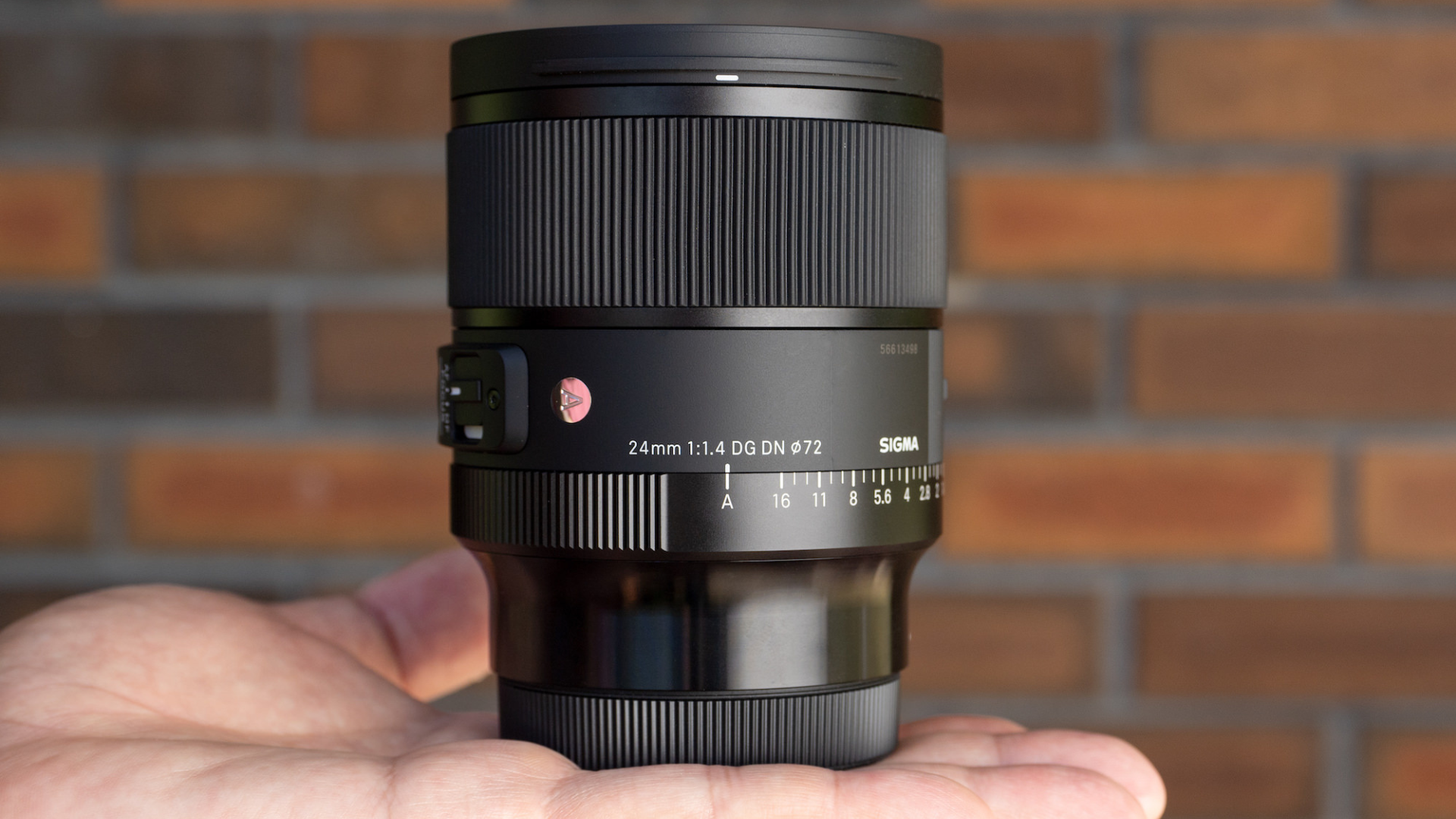
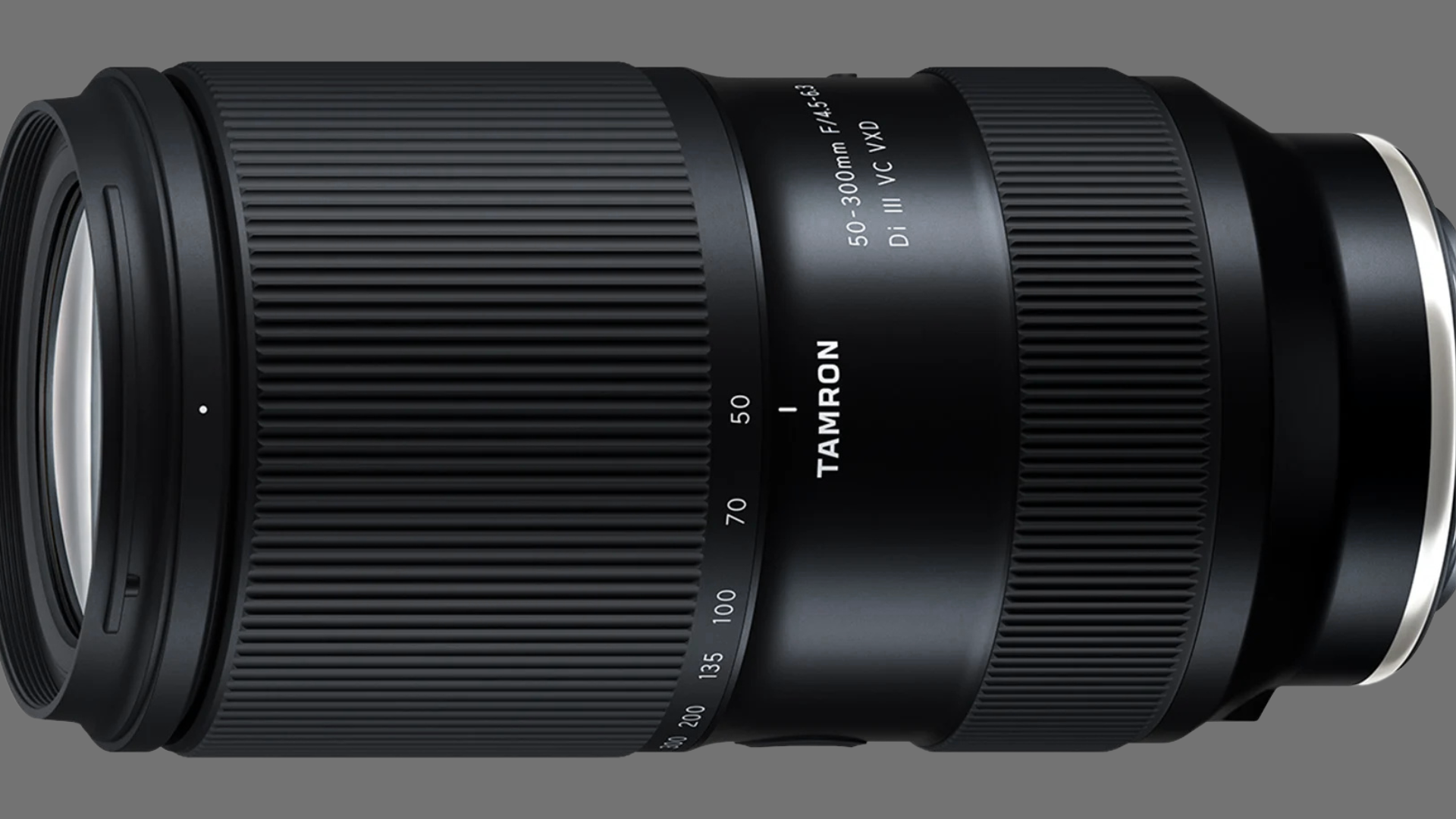
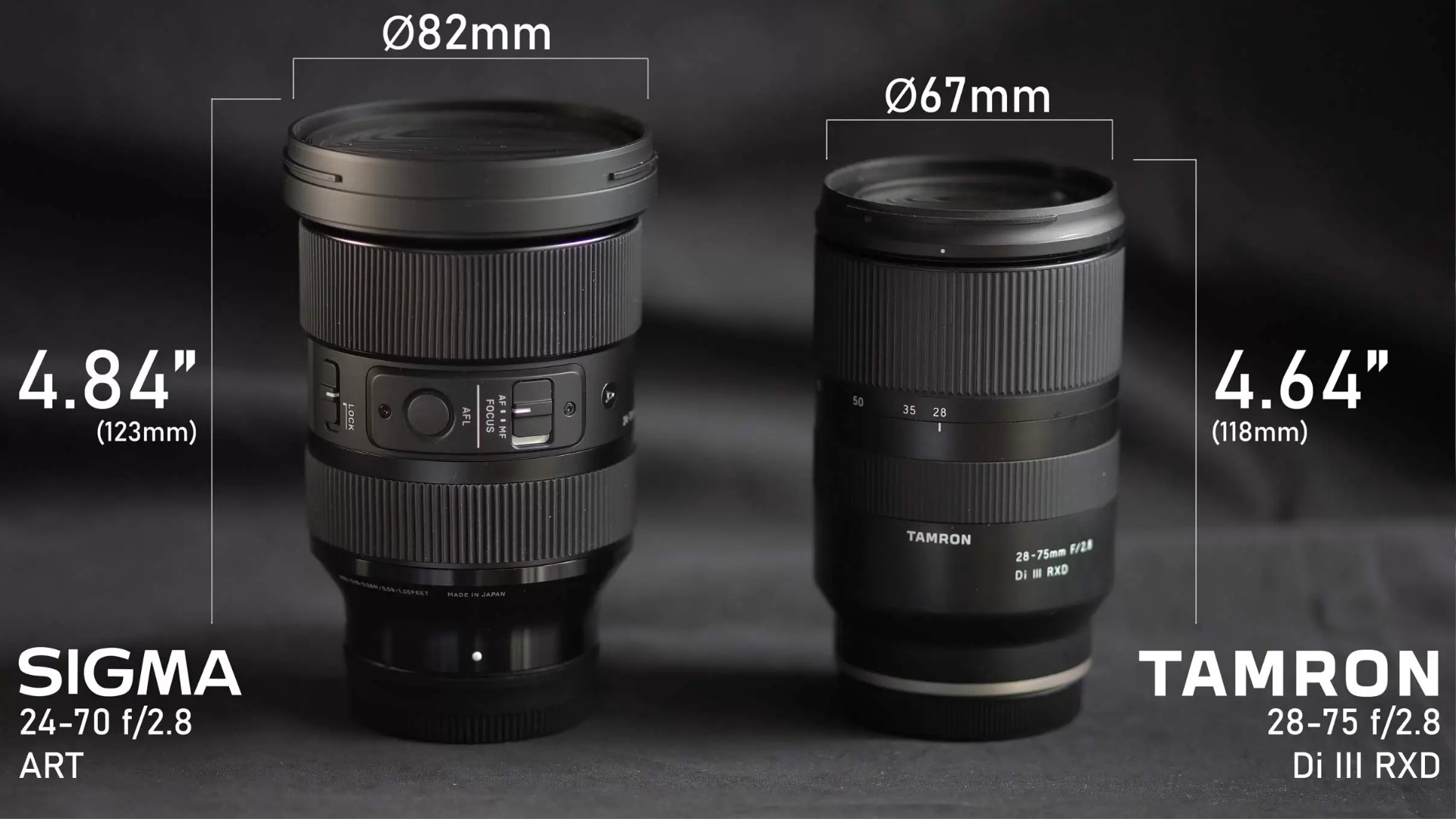
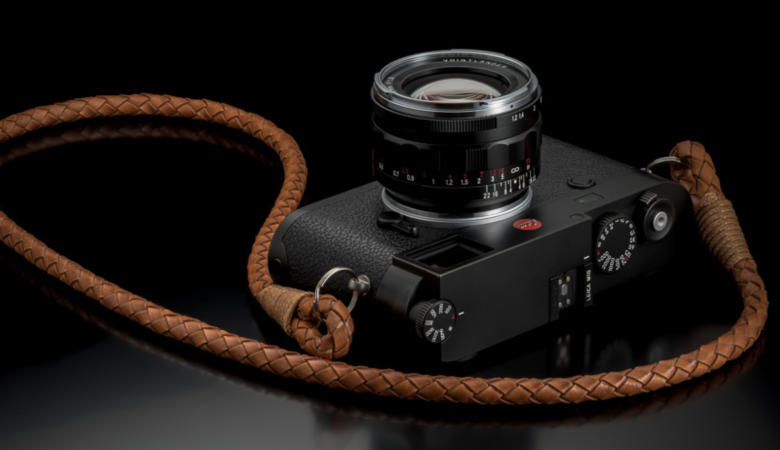

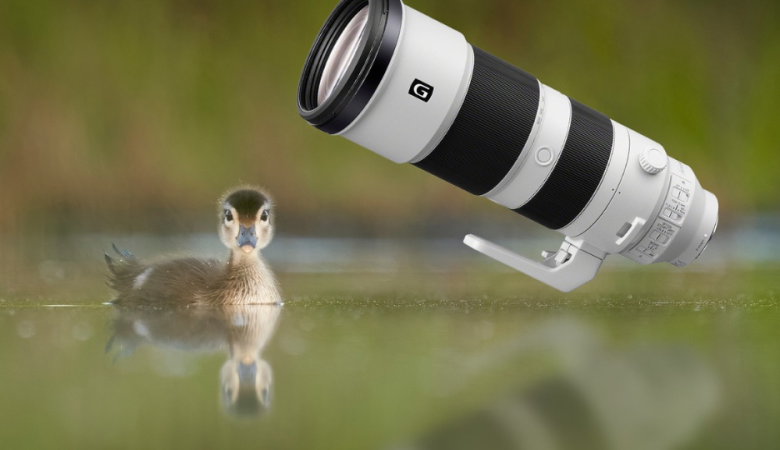
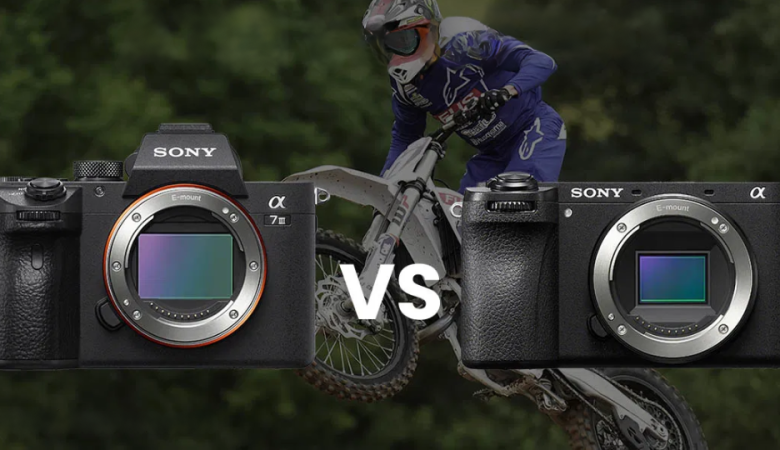
Leave a Reply